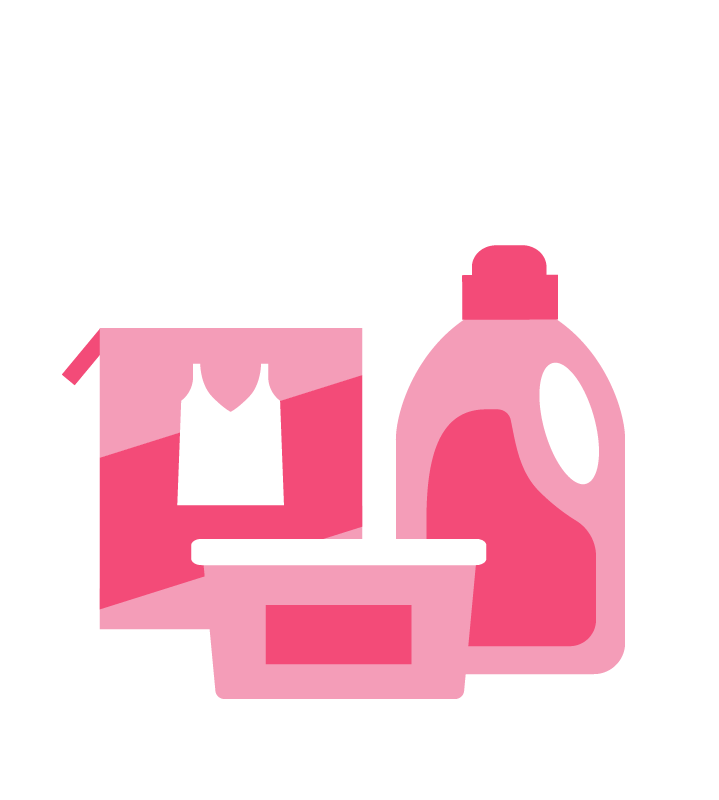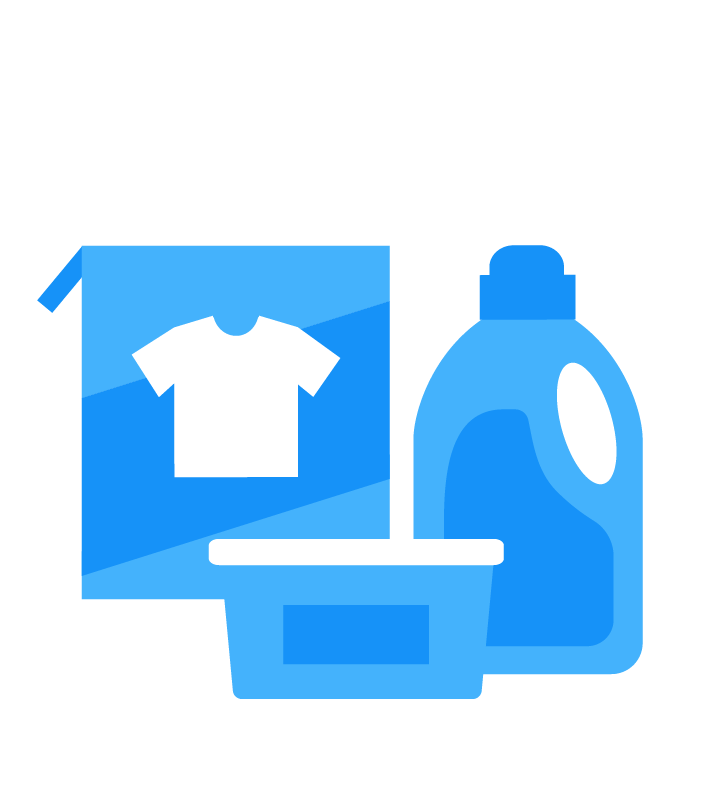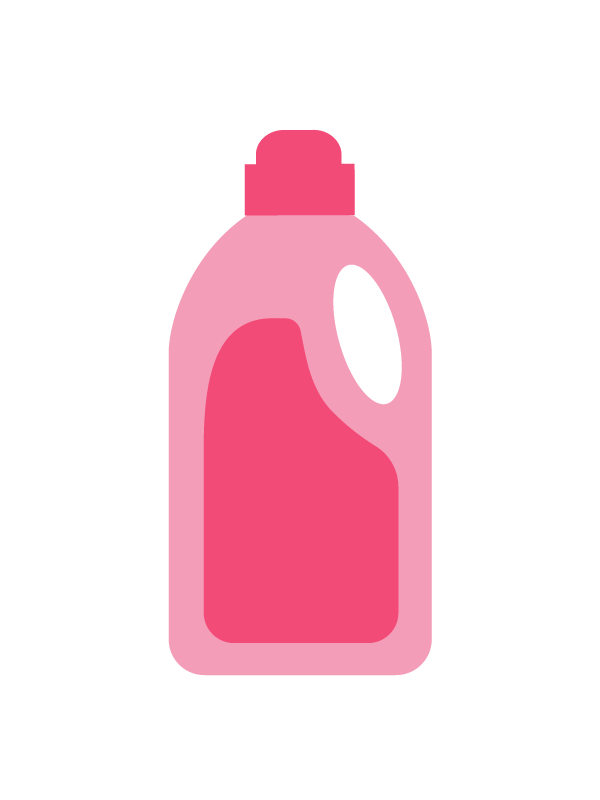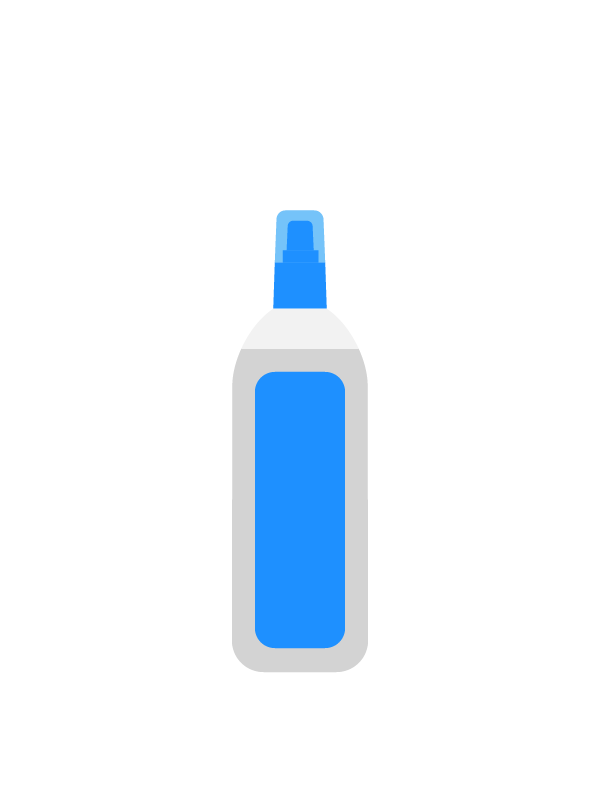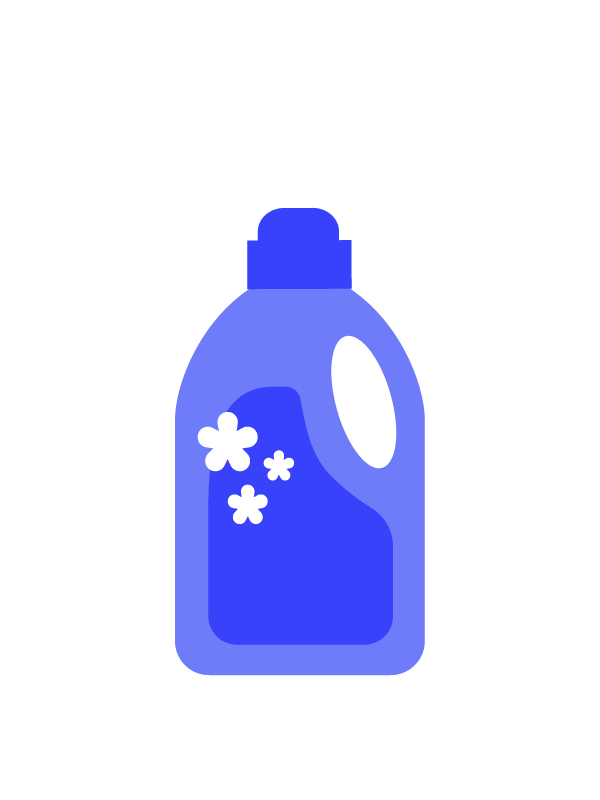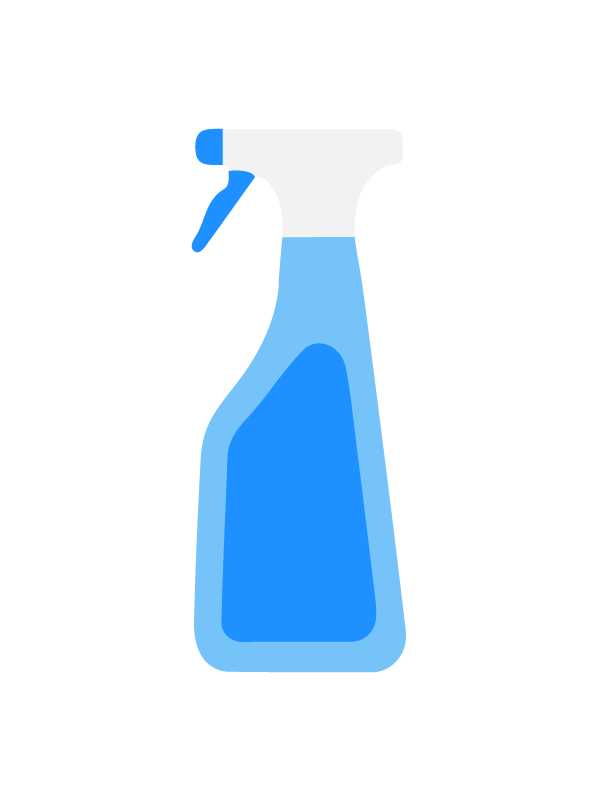Key advice
The best laundry detergent for you is the one that suits your needs and your textiles.
Follow the five step laundry guide: textiles, load, detergent, dosage, temperature.
Liquid detergent capsules and tablets go straight in the drum, no need to measure. Solids and liquids allow for more flexible dosing.
Detergents for delicates are formulated to protect colours and fibres and prevent the transfer of dyes, or chose a special detergent for wool and silk.
Read the label on your detergent products and check the care label on your clothes.
Follow the dosing recommendations on the label, which vary according to water hardness and soil level.
Dry your laundry outside whenever possible.
For indoor drying, it may be more energy efficient to use a tumble dryer than heat the room
Always ventilate the room before and after drying your clothes to prevent moisture indoors.
Save energy, buy the most efficient machine possible.
As microbes that can cause infection can be spread through clothing, doing the laundry is a key moment for hygiene.
Dry the laundry thoroughly immediately after laundering.
Always wash your hands after handling dirty laundry.
After each wash, leave the door open and allow the machine to dry out.
Regularly clean the rubber seal around the door to prevent black mildew forming.
Sort your laundry and choose the appropriate temperature for each type of laundry.
Laundry detergents
Laundry aids
Other laundry products
Did you know?
From March 2021 a new energy label appears on household appliances. It is only the label that changes, not the energy consumption. Understand the new energy label.
Use a solid detergent containing bleach on a higher temperature (e.g. 60°c) wash once a week to ensure the hygiene of your laundry, and also of your washing machine.
Keep the care labels on your clothes to follow the care instructions. clevercare.eu is an easy guide to the symbols.
Most detergents already contain water softeners. Depending on the water hardness, you might need additional water softener.
Sort your laundry according to colour and type but remember that a full load will save energy. See the five step laundry guide.
Choose the most sustainable packaging when you shop by looking for products in recycled, recyclable or compostable packaging.
If there is a sleeve on the detergent bottle, remove it when empty and recycle it separately.
Over-dosing and underdosing may not be sustainable and could lead to reduced washing performance.
If needed, pre-treat difficult stains and /or add a stain removal product before launching the washing cycle.
Washing your laundry at lower temperatures saves energy.
The eco programme on your machine uses less energy and water, although it runs for longer.
Extend the life of your washing machine and keep it clean and performant by running a monthly 60°c cycle with a bleach-containing powder detergent.
Higher temperature programmes may be needed for heavily soiled laundry, but keep in mind that they consume more energy.
To save energy and water, always put on a full load - if you have to do a smaller load, use the programme designed for partial loads.
For cotton cycles, fill your machine completely. For other types of textiles, (e.g. wool, synthetics, on delicates) only half fill the machine.
From 2021, new energy labels for appliances will have a QR code to scan with all relevant information on the appliance model.
Switching to an energy-efficient washing machine can save money in running costs.
Check the energy efficiency of a machine, it shows estimated annual energy consumption.
Always switch off the washing machine after use to reduce energy consumed in stand-by mode.
Remember the care label on your textile indicates a maximum washing temperature.
You can select a lower washing temperature than indicated. Avoid pre-washing unless it necessary, you will save energy and water.
A higher spin speed will shorten drying time and save energy in tumble dryers and line drying.
Special attention should be given to the spinning of delicate textiles, so always refer to the care label.
Clean the filter of your washing machine and tumble dryer regularly, for efficiency and to prolong the life of the machine.
To preserve the quality of your textiles, wash them only when it’s necessary.
Airing your clothes (e.g. wool) may reduce the need to wash them.
Clothing and linen can spread microbes that can cause infection if not laundered properly
Underwear, towels and linens in contact with food are most likely to be contaminated with harmful microbes.
These items should be laundered using wash cycles which reduce microbes to a safe level and prevent cross-contamination.
